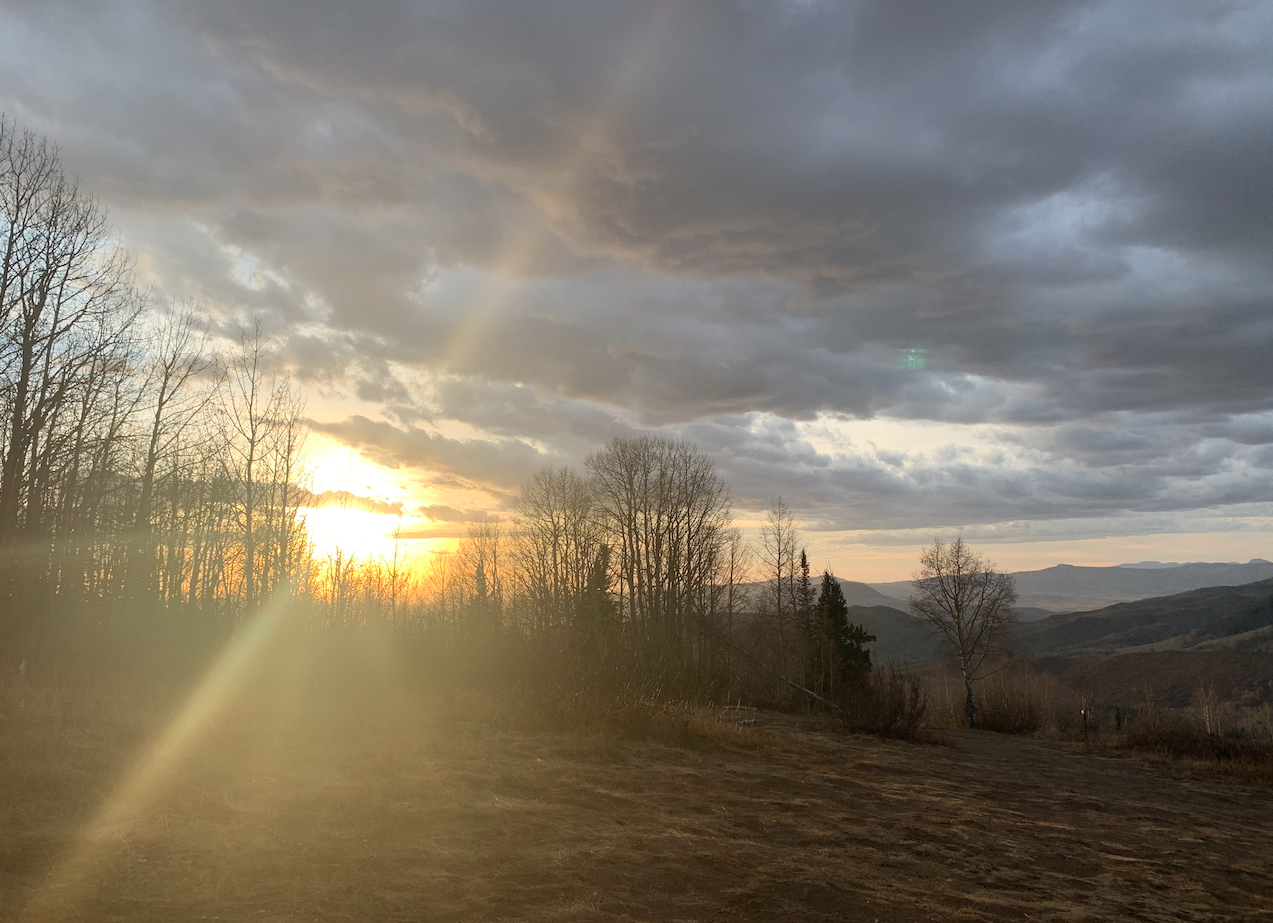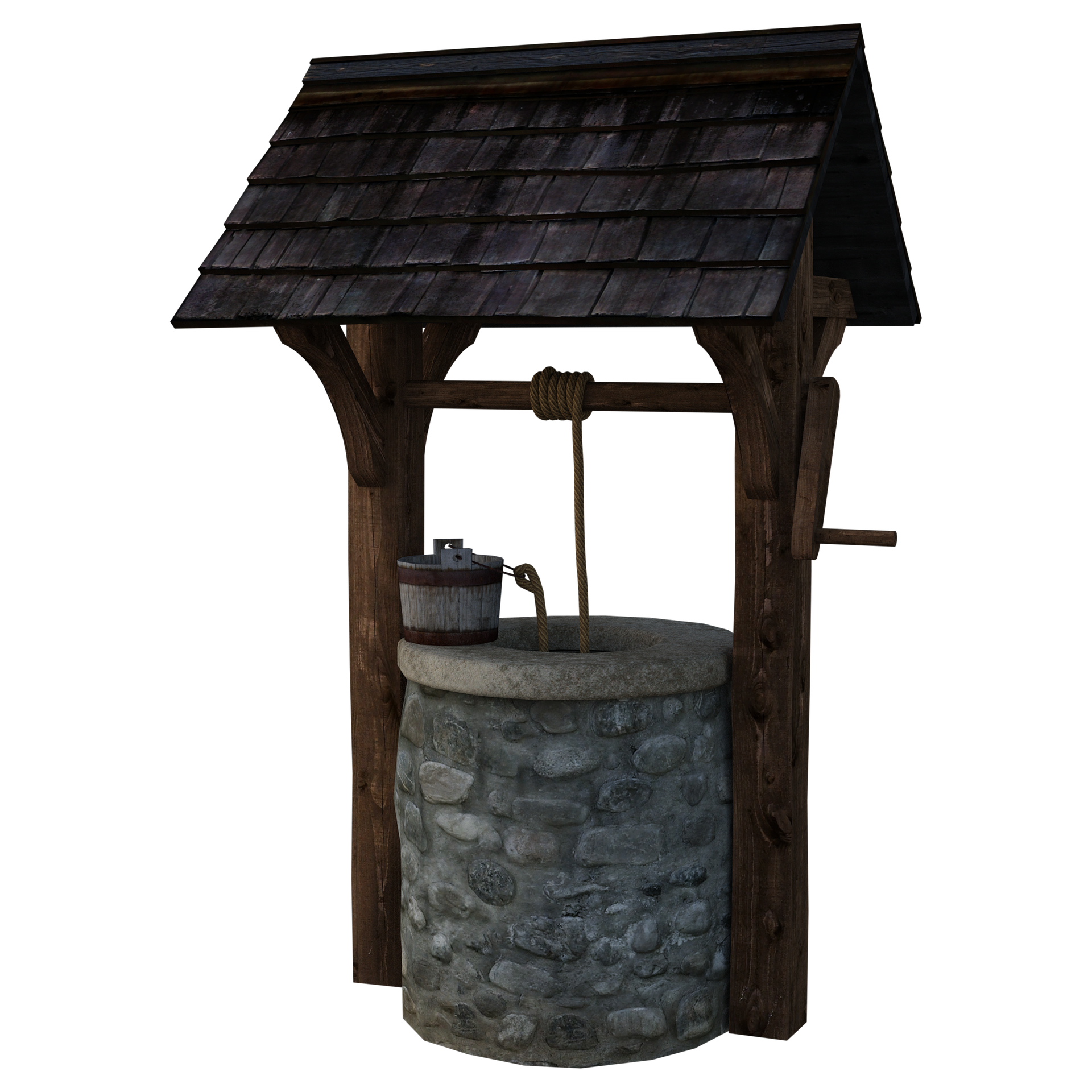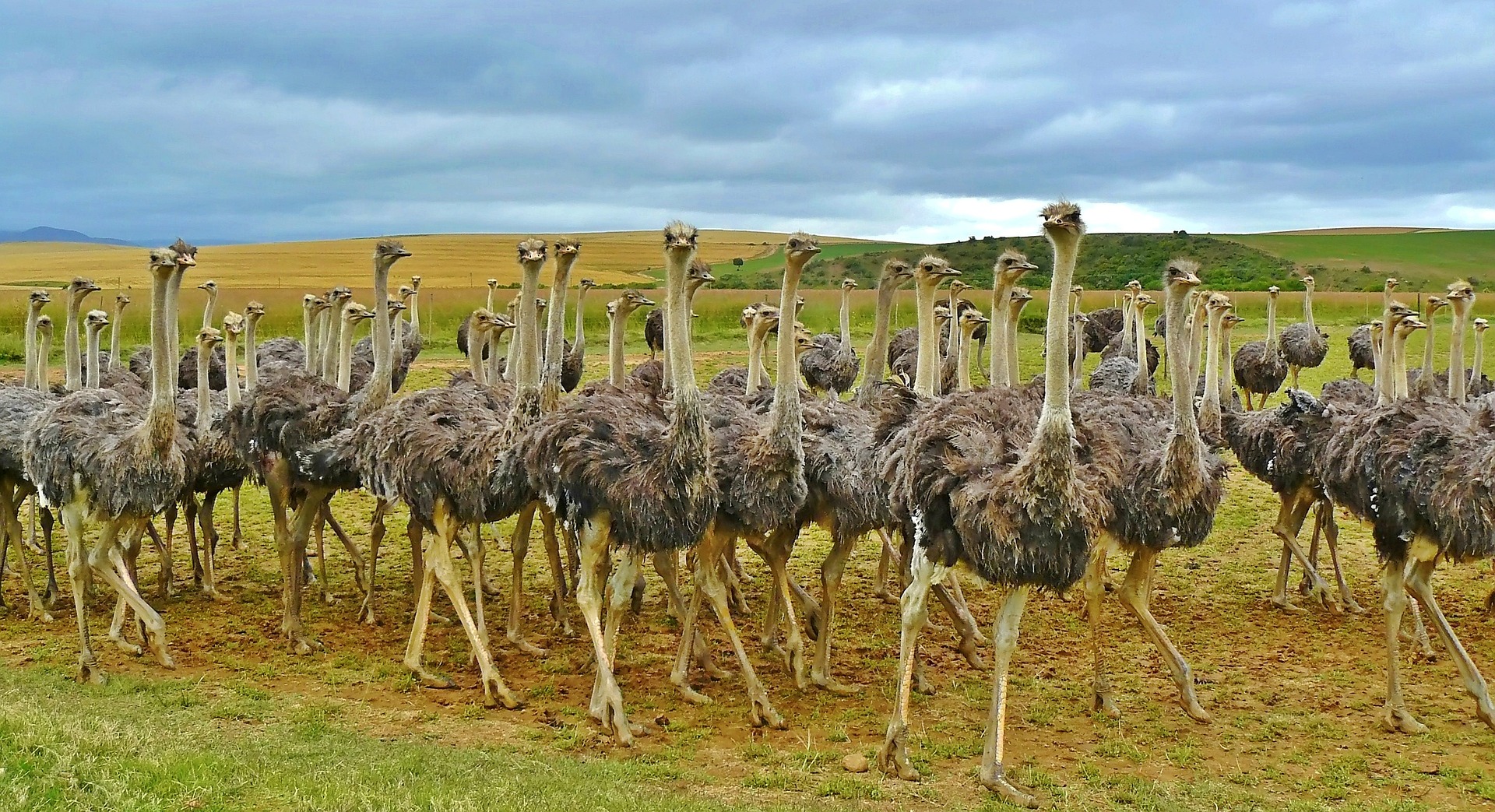I recently learned the best revision trick ever. If my own work is any testament, I can pretty much guarantee that this trick will take your writing from so-so to fabulous (or at least, this trick makes it MUCH better).
Before we get into what the trick is, I first need to acknowledge that I did not invent this. It comes from the master novelist and writing teacher Jessica Brody. I highly, HIGHLY recommend her online classes. More details below if you’re interested.
Okay, so back to business. The amazing revision trick is… rewrite your draft as you revise.
Here’s how it works. On your computer, you open up your draft, the one that you’ve spent hours toiling over, the blood and sweat just pouring from your brow, and then, right next to it, you open up a blank Word document.
You may have to fiddle with the sizes of the windows and the zoom out or in a bit, but you should get something like this:
Note that the draft on the right is not real text - I was too lazy to get up and access my laptop… Also, our family room desk is not this clean - a pile of stuff is shoved to the right. Just keeping it real.
Then, you retype the draft into the fresh, blank Word doc. Word by word. Sentence by sentence.
If this sounds excruciating, well… it kind of is. But it’s also magical. Because as Jessica Brody says, and as I myself learned, we are inherently a bit lazy. Which means it’s fairly easy to read over a block of text and decide it’s pretty good… good enough, for sure… and keep going. But, if you have to type that same block of text over, word by so-so word, you just might decide it’s more fun to mix it up - start a few sentences in, or find a better way to root the reader in that setting, that character.
This is what I’ve been doing since about February, when I finished an initial, full draft of my current book. I read the draft first. Figured out some of the big picture changes I needed to make. Got actual edits from a trusted editor. And then I opened up the draft in one window, and a blank document in the other, and re-type the whole book, making changes as I went.
It was amazing. I’d hit a sentence that was okay - good enough to stay in, and something I likely would have kept in using another revision tactic - but the thought of retyping something that was only so-so after already typing 32,741 words wasn’t really motivating. And so instead, I’d reimagine it. Rework the whole sentence. Cut it entirely, or make it better.
If you haven’t tried this revision trick before, give it shot. You might be pleasantly surprised. I definitely was.
At the very least, your typing skills are guaranteed to improve.
“Two roads diverged in a yellow wood”… Which way will your latest writing go? With this revision tip, hopefully the right way!
Two of my favorite classes that Jessica Brody offers are her Save the Cat! Online Novel Writing Course and Crafting Dynamic Characters (taught by Mary Kole, with Brody). Brody has many, many more classes, but these alone have taught me SO MUCH. And in case you’re wondering, this isn’t “sponsored” content. Just me sharing something that I’ve found to be helpful. If you check these out, let me know - I’d love to hear what you think!
































